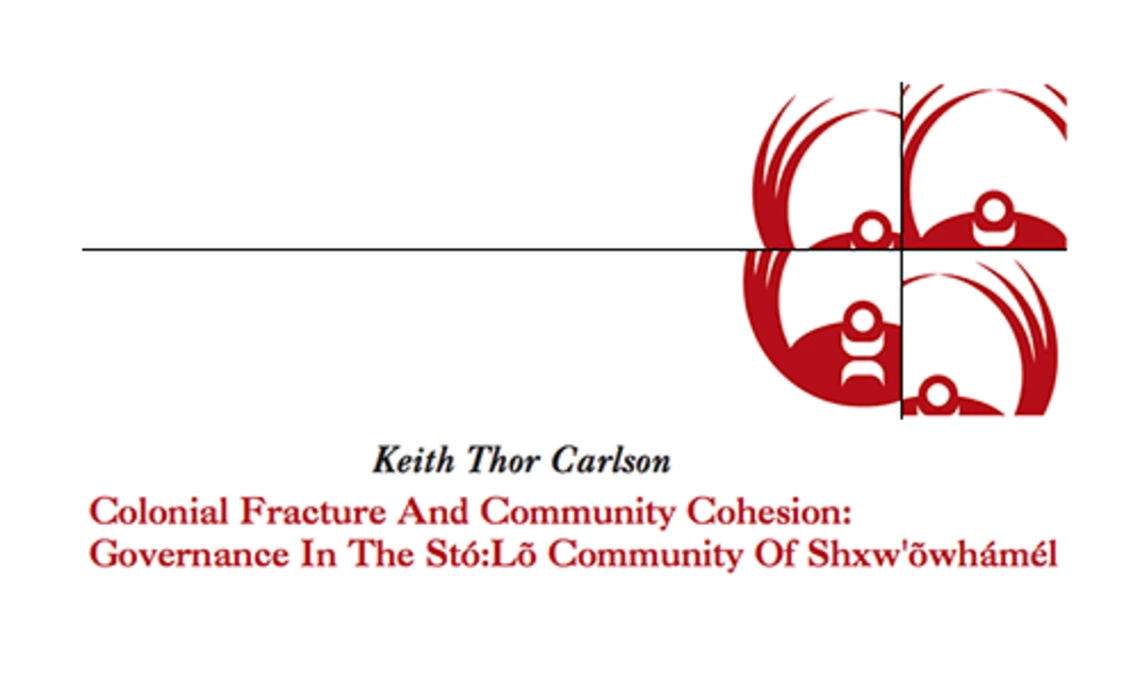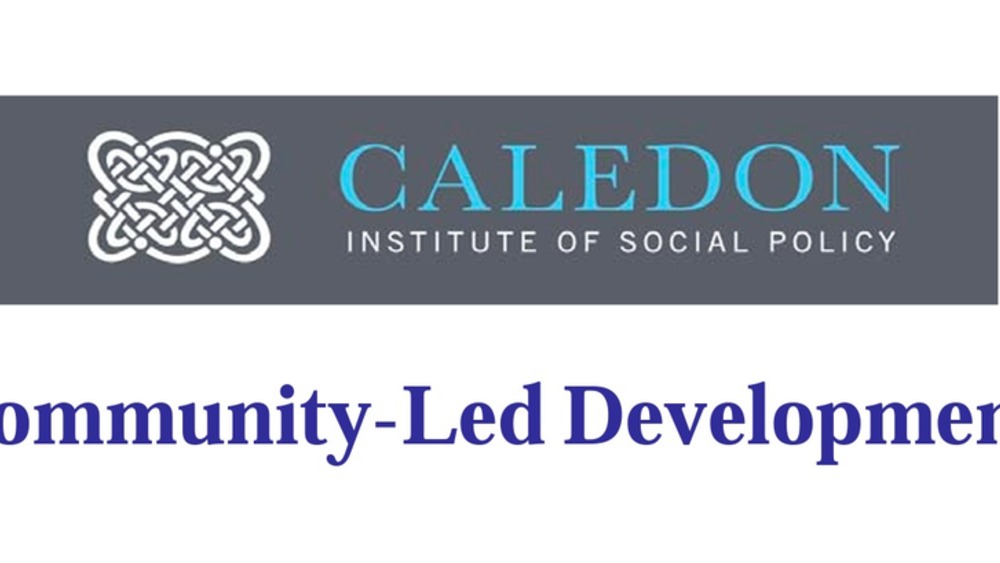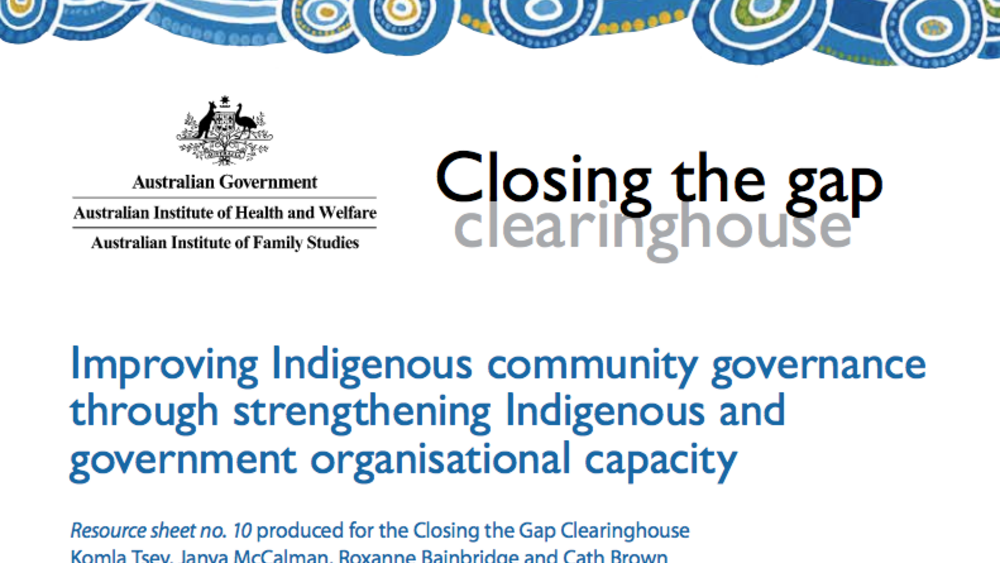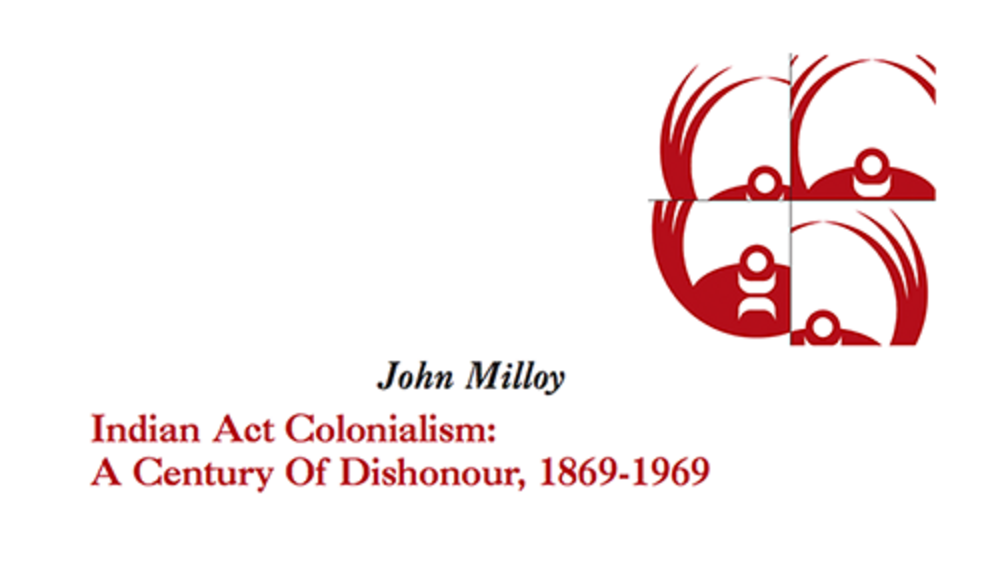This paper has three goals: 1) To briefly outline the process through which Shxw’õwhámél came to adopt the Siyá:m System in 1994; 2) to highlight certain concerns about the limitations of that system as articulated by community members in 2006; and 3) to provide a detailed discussion of those historical government and missionary actions that served to isolate and curtail inter-village family relationships.
The two former issues provided a context for the later, which in turn is a direct response to requests by members of the Shxw’õwhámél community for information to help contextualize and explain the historical process by which families living on one Stó:lõ reserve became disassociated and disconnected from relatives living on another.
Put another way, the paper’s overall aim is to provide Shxw’õwhámél people with information they can consider as they work to determine what has limited the effectiveness of their Siyá:m System and what they might do to improve the situation as they work to reassert even greater self-governance responsibilities and authority.
A fourth objective is to situate the Shxw’õwhámél experience within a larger context so that the implications of their story might be made of relevance to First Nations elsewhere who are likewise struggling to re-activate self-governance within the caldron of Canadian colonial society.
Additional Information
Carlson, Keith Thor. "Colonial Fracture And Community Cohesion: Governance In The Stó:Lõ Community Of Shxw’õwhámél." A Research Paper for the National Centre for First Nations Governance. The National Centre for First Nations Governance. Canada. July 2007. Paper.




